Yongsheng Dong
Meta Learning for Task-Driven Video Summarization
Jul 29, 2019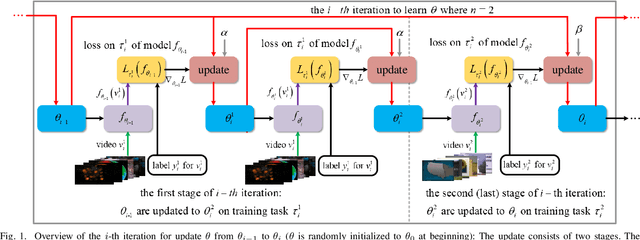
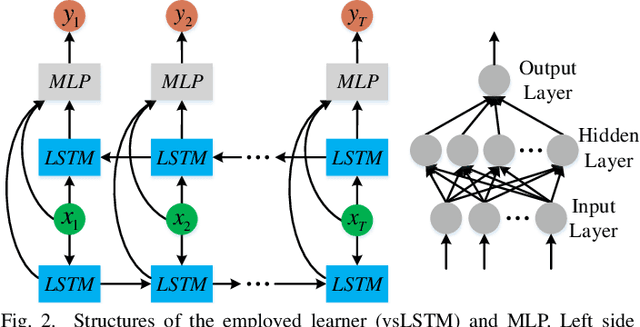
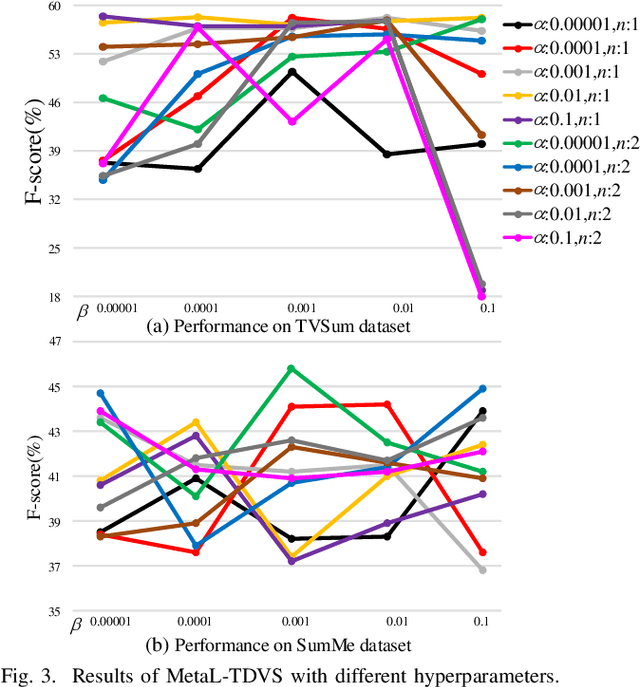
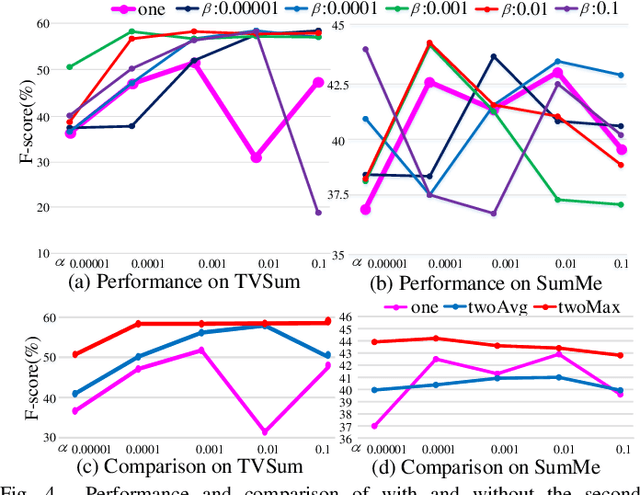
Abstract:Existing video summarization approaches mainly concentrate on sequential or structural characteristic of video data. However, they do not pay enough attention to the video summarization task itself. In this paper, we propose a meta learning method for performing task-driven video summarization, denoted by MetaL-TDVS, to explicitly explore the video summarization mechanism among summarizing processes on different videos. Particularly, MetaL-TDVS aims to excavate the latent mechanism for summarizing video by reformulating video summarization as a meta learning problem and promote generalization ability of the trained model. MetaL-TDVS regards summarizing each video as a single task to make better use of the experience and knowledge learned from processes of summarizing other videos to summarize new ones. Furthermore, MetaL-TDVS updates models via a two-fold back propagation which forces the model optimized on one video to obtain high accuracy on another video in every training step. Extensive experiments on benchmark datasets demonstrate the superiority and better generalization ability of MetaL-TDVS against several state-of-the-art methods.
* 9 pages, 6 figures
Robust subspace clustering by Cauchy loss function
Apr 28, 2019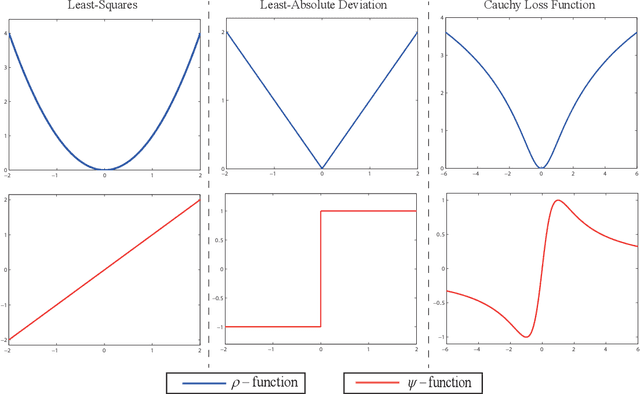



Abstract:Subspace clustering is a problem of exploring the low-dimensional subspaces of high-dimensional data. State-of-the-arts approaches are designed by following the model of spectral clustering based method. These methods pay much attention to learn the representation matrix to construct a suitable similarity matrix and overlook the influence of the noise term on subspace clustering. However, the real data are always contaminated by the noise and the noise usually has a complicated statistical distribution. To alleviate this problem, we in this paper propose a subspace clustering method based on Cauchy loss function (CLF). Particularly, it uses CLF to penalize the noise term for suppressing the large noise mixed in the real data. This is due to that the CLF's influence function has a upper bound which can alleviate the influence of a single sample, especially the sample with a large noise, on estimating the residuals. Furthermore, we theoretically prove the grouping effect of our proposed method, which means that highly correlated data can be grouped together. Finally, experimental results on five real datasets reveal that our proposed method outperforms several representative clustering methods.
* 13 pages, 5 figures
SCE: A manifold regularized set-covering method for data partitioning
Apr 17, 2019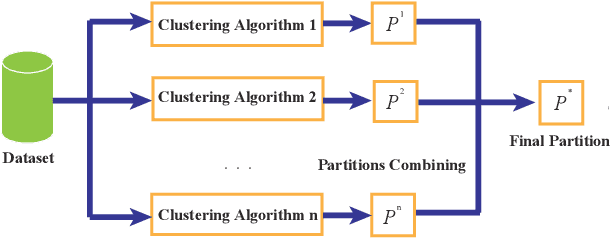


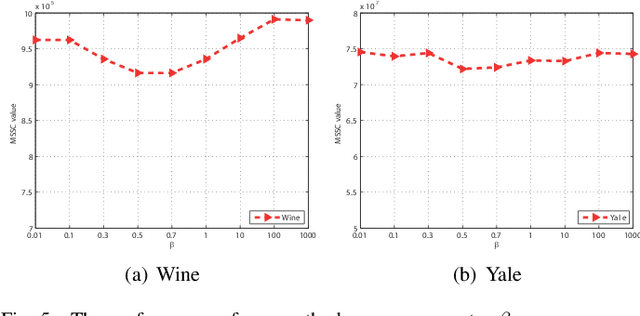
Abstract:Cluster analysis plays a very important role in data analysis. In these years, cluster ensemble, as a cluster analysis tool, has drawn much attention for its robustness, stability, and accuracy. Many efforts have been done to combine different initial clustering results into a single clustering solution with better performance. However, they neglect the structure information of the raw data in performing the cluster ensemble. In this paper, we propose a Structural Cluster Ensemble (SCE) algorithm for data partitioning formulated as a set-covering problem. In particular, we construct a Laplacian regularized objective function to capture the structure information among clusters. Moreover, considering the importance of the discriminative information underlying in the initial clustering results, we add a discriminative constraint into our proposed objective function. Finally, we verify the performance of the SCE algorithm on both synthetic and real data sets. The experimental results show the effectiveness of our proposed method SCE algorithm.
* 14 pages, 10 figures
Patch alignment manifold matting
Apr 16, 2019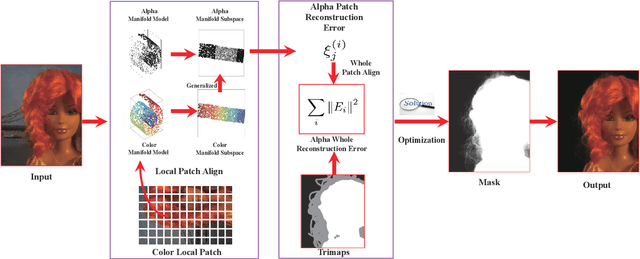
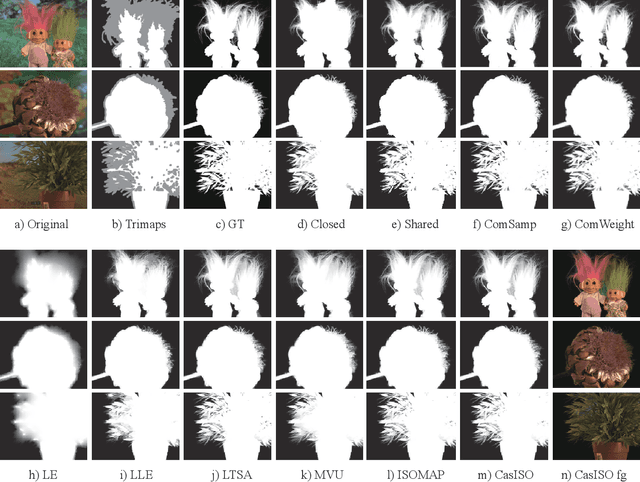

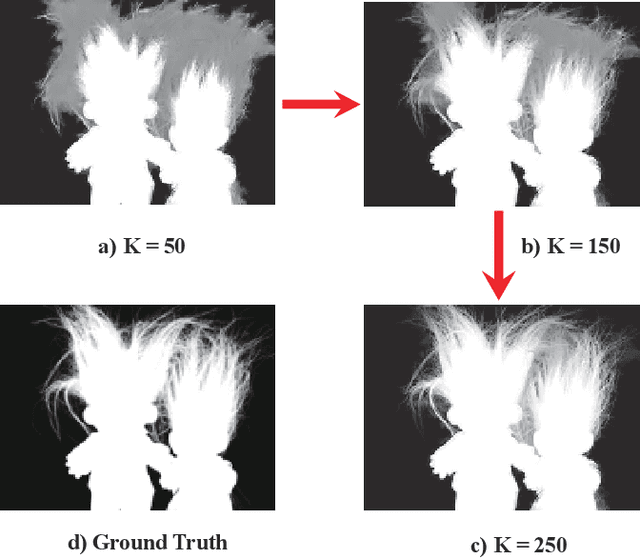
Abstract:Image matting is generally modeled as a space transform from the color space to the alpha space. By estimating the alpha factor of the model, the foreground of an image can be extracted. However, there is some dimensional information redundancy in the alpha space. It usually leads to the misjudgments of some pixels near the boundary between the foreground and the background. In this paper, a manifold matting framework named Patch Alignment Manifold Matting is proposed for image matting. In particular, we first propose a part modeling of color space in the local image patch. We then perform whole alignment optimization for approximating the alpha results using subspace reconstructing error. Furthermore, we utilize Nesterov's algorithm to solve the optimization problem. Finally, we apply some manifold learning methods in the framework, and obtain several image matting methods, such as named ISOMAP matting and its derived Cascade ISOMAP matting. The experimental results reveal that the manifold matting framework and its two examples are effective when compared with several representative matting methods.
* 13 pages, 7 figures
Shortest Paths in HSI Space for Color Texture Classification
Apr 16, 2019

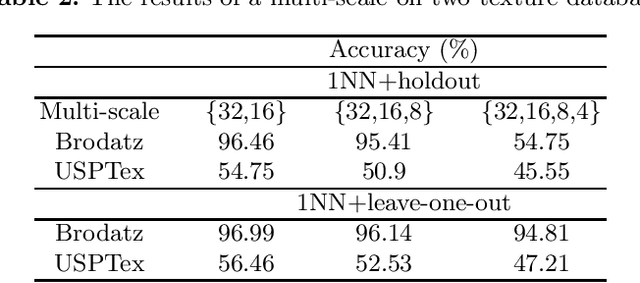

Abstract:Color texture representation is an important step in the task of texture classification. Shortest paths was used to extract color texture features from RGB and HSV color spaces. In this paper, we propose to use shortest paths in the HSI space to build a texture representation for classification. In particular, two undirected graphs are used to model the H channel and the S and I channels respectively in order to represent a color texture image. Moreover, the shortest paths is constructed by using four pairs of pixels according to different scales and directions of the texture image. Experimental results on colored Brodatz and USPTex databases reveal that our proposed method is effective, and the highest classification accuracy rate is 96.93% in the Brodatz database.
 Add to Chrome
Add to Chrome Add to Firefox
Add to Firefox Add to Edge
Add to Edge